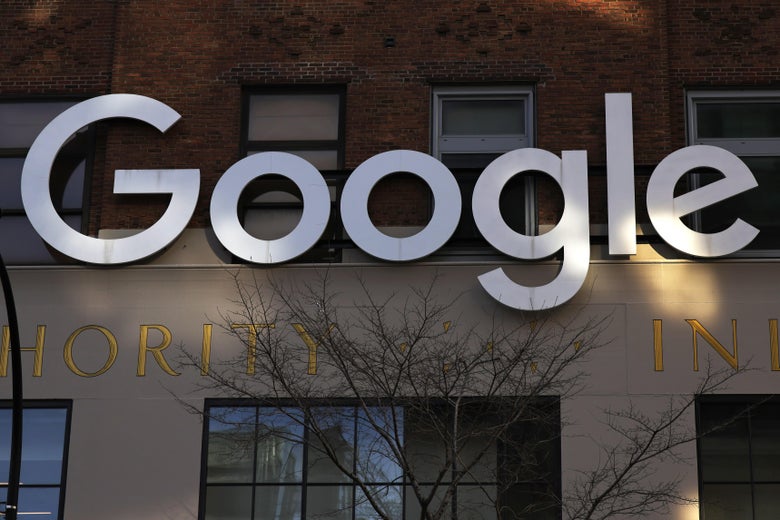
Google is Google because of its lucrative advertising business—and that business works by letting advertisers target users based on what they do on the web. On Wednesday, Google announced what some observers have framed as a major shift in that setup: The company’s Chrome browser will soon stop tracking individual users across different websites in order to serve them ads. While the change does allow the web giant and its advertising customers to continue tracking users to a certain extent, this appears to be a significant step away from Google’s traditional model. David Temkin, Google’s director of product management for ads privacy and trust, described the decision as a move to address growing concerns about digital privacy. “People shouldn’t have to accept being tracked across the web in order to get the benefits of relevant advertising,” he wrote in a blog post announcing the change. “And advertisers don’t need to track individual consumers across the web to get the performance benefits of digital advertising.”
Last year, Google pledged to stop using third-party cookies, pieces of code that keep track of what users have been doing across the web, by 2022. These cookies, which websites deliver to a user’s browser, are the reason banner ads for, say, humidifiers might keep popping up after you’ve ordered one from an online retailer. The company had been exploring potentially less invasive ways to track how particular users hop from website to website. Temkin wrote in the blog post, though, that other methods like tracking people using identifiers from their email addresses “aren’t a sustainable long term investment,” because they will not “meet rising consumer expectations for privacy, nor will they stand up to rapidly evolving regulatory restrictions.” (These restrictions include the European Union’s General Data Protection Regulation, which dictates that users have to give their active consent to having cookies delivered to their browsers.) The big news on Wednesday is that Google won’t try to replace third-party cookies once they’re phased out with any sort of alternate individual identifiers for keeping tabs on users across the web.
So what’s Google going to do instead? Through the “Privacy Sandbox,” an initiative to develop other, purportedly privacy-focused mechanisms for ad targeting, the company claims that it’s found a number of promising solutions. For instance, Google has been testing targeting ads at groups of users with common interests, which would supposedly have the effect of hiding “individuals within large crowds of people.” This method, known as “Federated Learning of Cohorts,” or FLoC, eschews the use of personally identifiable data and instead relies on machine-learning algorithms to aggregate thousands of people together based on online behaviors. The company is still collecting data, but on a broader, less individualized level. Google reported in a January post that, according to its testing, FLoC will allow businesses to get at least 95 percent of the ad interactions per dollar spent compared with what they would see with third-party cookies.
Google’s abandonment of tracking across websites doesn’t mean that it’s going to completely stop monitoring individuals’ web behaviors, and it doesn’t apply to phones running Android. In its announcement, the company said it will still support first-party relationships on its ad platforms. This refers to websites keeping track of what a visitor is doing within their domains, but not on other sites. The first-party data could allow a publisher using Google’s advertising platform to see that a certain user is reading a review for mini-fridges and will perhaps be more likely to interact with an ad for that product on the site.
Even after these changes take place, we won’t live in a world where “tracking” on the web has stopped. But Google’s decision to do away with targeting based on interwebsite activity is a big deal largely because of the company’s outsize presence in the digital advertising industry. Google accounted for an estimated 52 percent of the world’s $292 billion worth of digital ad spending in 2020. Chrome had more than 60 percent of the world’s browser market share in February. Even slight changes to its advertising policies have consequences for millions of businesses; for instance, advertisers that were already trying to pursue email-based individual identifiers will now have to adjust their plans in order to jibe with Google’s move to abandon such identifiers altogether. When Google sneezes, the rest of the web just might get a cold.
"really" - Google News
March 04, 2021 at 04:08AM
https://ift.tt/2MJk7Vz
What Google’s Promise to Tamp Down on Tracking Users Really Means - Slate
"really" - Google News
https://ift.tt/3b3YJ3H
https://ift.tt/35qAk7d
Bagikan Berita Ini














0 Response to "What Google’s Promise to Tamp Down on Tracking Users Really Means - Slate"
Post a Comment